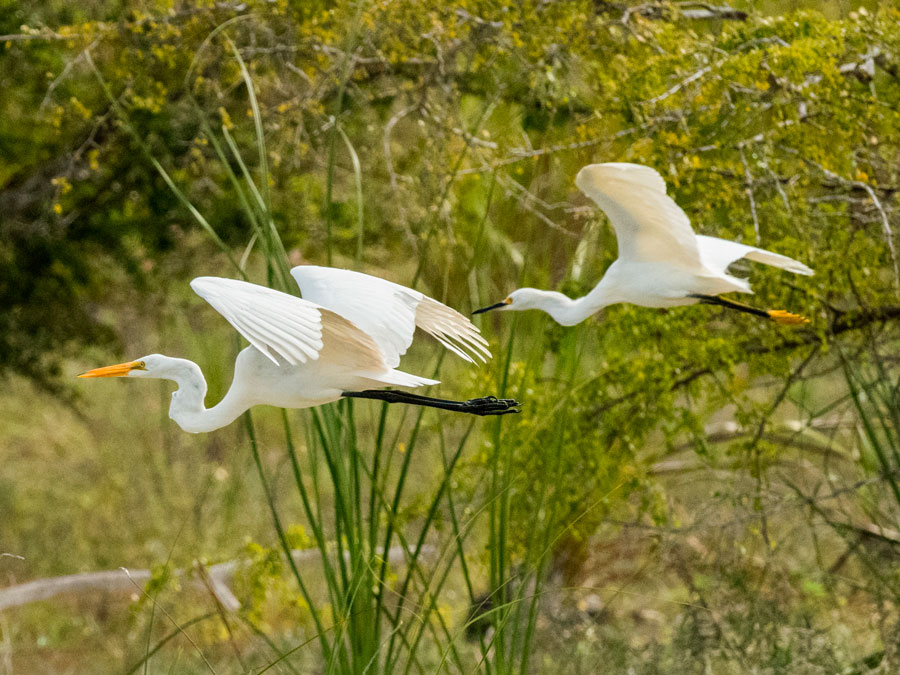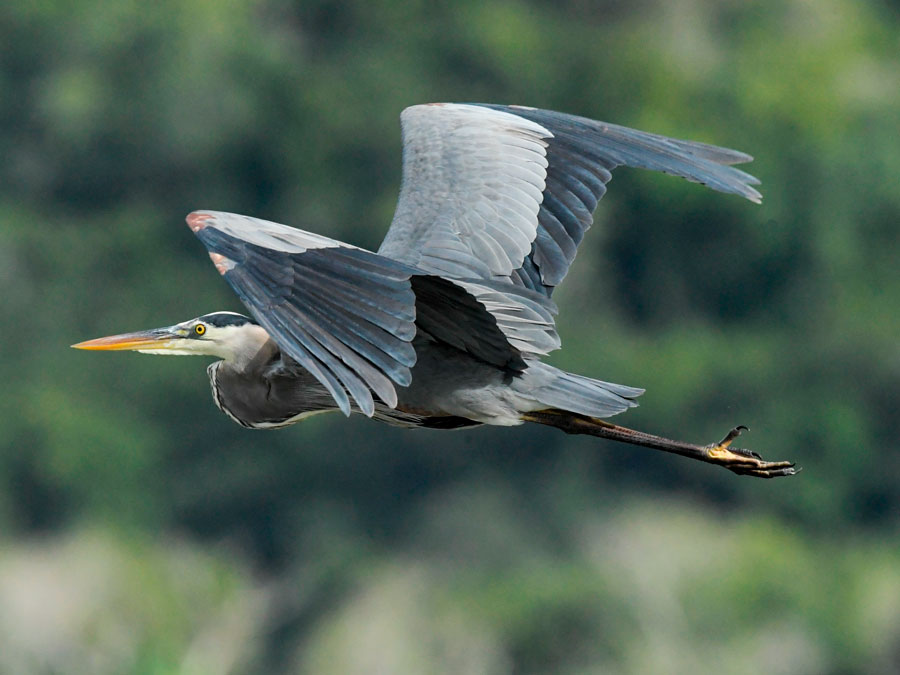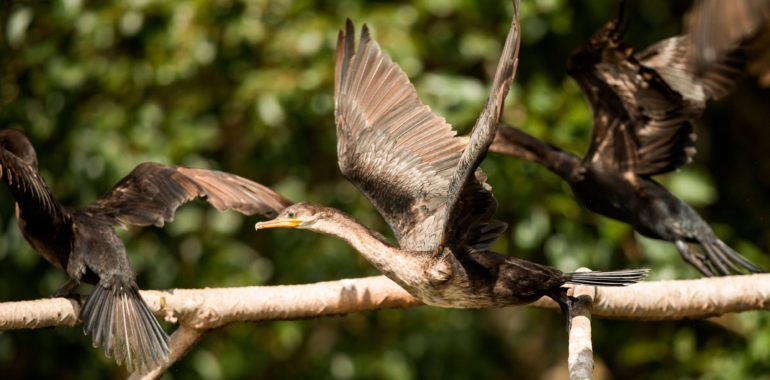Everyone in the world depends on the different ecosystems on Earth and the services they provide. In recent years, people have transformed ecosystems more quickly and extensively than in any other period of history. Largely to quickly meet the demands of food, fresh water, wood, fiber and fuel.

According to the UN Millennium Ecosystem Assessment (2005), four types of ecosystem services are distinguished: provision, regulation, cultural and support. Wetlands, as complex and important ecosystems, provide all the mentioned ecosystem services!
The provision through aquaculture, forest products, energy, food and water supply; regulates floods, droughts and disease control; in the cultural theme it provides spaces for tourism and supports the habitat for biodiversity, food and rest site for wildlife.
Birds in northern Guatemala
Birds are the group of vertebrates with greater species richness and greater importance in wetlands, however, they are also an underestimated group in terms of the ecosystem roles they provide and that allow them to maintain the habitat where they live. Some of the reasons why birds are an essential element in wetlands are:
- They serve as food for other predators and human communities.
- Its feathers are used ornamentally.
- They are pest controllers, prevent the proliferation of diseases by the decomposition of corpses.
- They are dispersers and germinators of seeds (ornitocoria).
- They recycle organic compounds such as phosphorus.
- They are fundamental for ecotourism and environmental education.
- In addition, they are an important element in the evaluation of climate change. Its ease of moving and withdrawing from habitats that do not meet its biological requirements, serves as an indicator of the condition of the ecosystem.
Yaxha-Nakum-Naranjo National Park is a Ramsar site, that means a wetland of global importance. Some of the birds that we could find in our various expeditions are: Neotropical Cormorant (Phalacrocorax brasilianus), Agami heron (Agamia agami), Heron ash (Ardea Herodias), Green Garcita (Butorides virescens), Boated billed heron (Cochlearius cochlearius), Blue Heron (Egretta caerulea), Snowy Egret (Egretta thula), White Heron (Ardea alba), among others.

The contribution that water birds provide to wetlands is immeasurable and their conservation is essential. That is why FLAAR Mesoamerica supports its conservation through the creation and dissemination of educational material focused on water birds and diversity of the Yaxha-Nakum-Naranjo National Park wetland. Here you can download free reports on waterbirds of Yaxha wetland.

